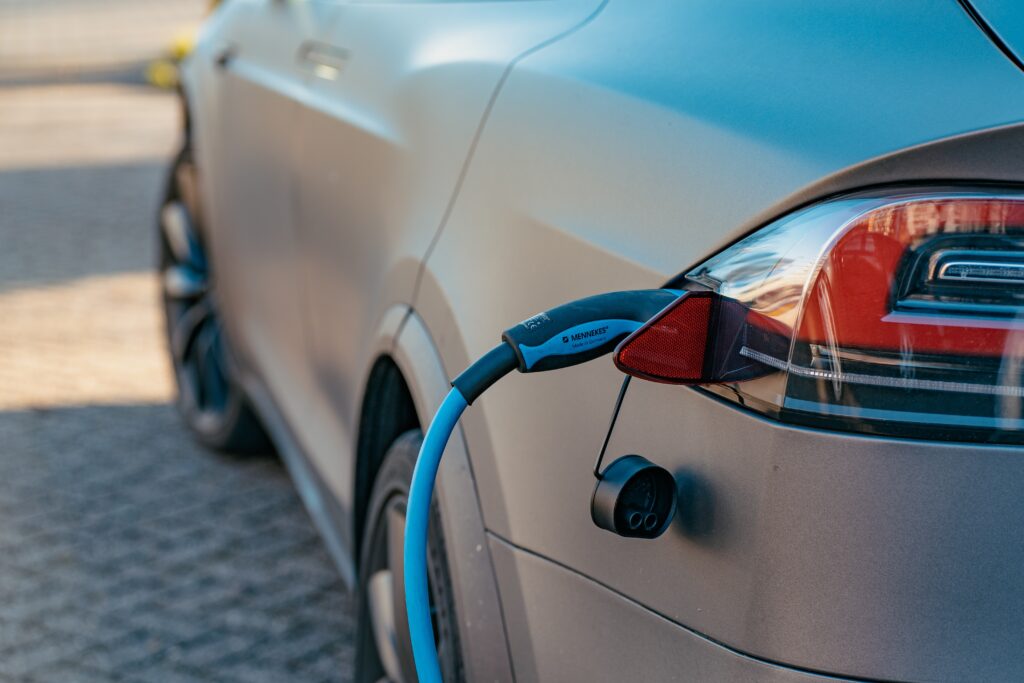SCOTLAND’s electric vehicle charge point network is set for a boost today with the launch of a new fund aimed at sustainable travel in the tourism industry.
The Electric Vehicle Charge Point Tourism Recovery Fund aims to help support businesses to recover from the impacts of Covid-19 in a sustainable manner.
Scottish tourism businesses will be able to apply for funding to assist with the installation of an electric vehicle charge point on their premises.
Part of the Destination Net Zero programme, the move is designed to improve the network of charge points across Scotland and encourage responsible tourism practices with both visitors and businesses.

The £325k fund will support around 100 charge points by providing tourism businesses with up to 75% of the cost of installation.
Administered by Energy Saving Trust on behalf of national tourism organisation, VisitScotland, and the Scottish Government, the fund is open to all tourism businesses classed as SMEs (small and medium-sized enterprises).
Electric vehicles are an important step in decarbonising the transport system, improving air quality, and contributing to Scotland’s climate target of achieving net zero emissions by 2045.
The number of new plug-in vehicles registered in the UK has increased significantly in recent years.
As of March, 22.2% of new registered vehicles were electric – bringing the number of electric vehicles on the road to more than 700,000.
72% of Scotland residents currently use their own petrol/diesel car when taking breaks and holidays in Scotland, according to VisitScotland research.
However, 43% are interested in changing to electric/hybrid “within the next few years”, with price and fears around sufficient charging points among the main obstacles.
The UK has more than 50,000 EV connectors in 18,000 different locations, 10% of which are located in Scotland which has the highest number of public charge points by population (per 100,000 inhabitants).
Energy Saving Trust mapped the location of EV charge points on some of Scotland’s popular driving routes, on behalf of VisitScotland.
It found a total of 1,933 charge points within five miles of a tourist route, which include the South West Coastal 300, North East 250 and North Coast 500.
VisitScotland says it will be encouraging businesses within areas where EV charge points are limited to apply for the fund.
The Destination Net Zero programme is a key strand in the Scottish Government’s Covid-19 Tourism Recovery Programme.
It aims to support businesses and destinations as they transition to a future of net zero emissions.
The programme is being delivered on behalf of the Scottish Tourism Emergency Response Group (STERG) by Scottish Enterprise (SE), VisitScotland, Highlands and Islands Enterprise (HIE), South of Scotland Enterprise (SoSE) and partners.
Tourism Minister Ivan McKee said: “The Scottish Government is fully committed to reaching our ambitious climate change targets and reaching net zero by 2045.
“Responding to the global climate emergency is a truly national endeavour, and we must all play our part in order to reach our goals.
“Destination Net Zero aims to support Scotland’s tourism sector to transition to a low carbon future through globally recognised leadership in responsible, sustainable managed growth.
“This funding will play a significant role in helping businesses install the charging points, which will in turn make driving an electric car further appealing, as well as aiding the decarbonisation of the transport system across Scotland.”
Rob Dickson, Director of Industry & Destination Development at VisitScotland and Chair of STERG, said: “Tackling climate change is the biggest challenge facing Scottish tourism now, and in the future.
“We want to inspire future generations to say that Scottish tourism led the way and made a difference.
“This fund will enable businesses to position sustainability at the heart of their recovery and ensure their offering will make it easier for visitors to make environmentally conscious travel decisions.
“By working together, we can help Scotland become a world-class destination, and the best destination for responsible tourism.
“Taking action on climate change will not only reduce costs and build resilience, but it will meet the increasing consumer demand for responsible and sustainably focused businesses”
Neil Leckie, senior programme manager at Energy Saving Trust said: “We know that both the recovery from the Covid-19 pandemic and the transition to a greener, more sustainable way of operating are important priorities for Scotland’s tourism industry.
“We’re pleased to be delivering this new funding which will support businesses in the transition to electric vehicles and give a boost to sustainable travel overall, helping Scotland’s drive towards achieving its net zero targets.”
EVA (Electric Vehicle Association) Scotland, which represents electric vehicle owners in Scotland and promotes the switch to electric vehicles, has welcomed the launch of the fund.
Neil Swanson, EVA Scotland Director, said: “This Fund is yet another positive step that will help Scotland transition to all electric transportation.
“As Scotland experiences the largest percentage number of EV sales per capita in the UK, and the fact the Scotland is regarded as the ‘go-to’ destination for holidays, every possible effort must be made to ensure the EV charging infrastructure is in place.
“Scotland’s hospitality sector is already responding, as EVA Scotland has found through its own investigations, but there is still much to do especially by those businesses outside the main conurbations and central belt of the country.
“Those hotels and catering businesses located in outlying areas must rapidly install multiple EV destination charge points to retain those customers making the shift, as well as developing new business opportunities from the increasing numbers of EV drivers coming on to our roads.”

